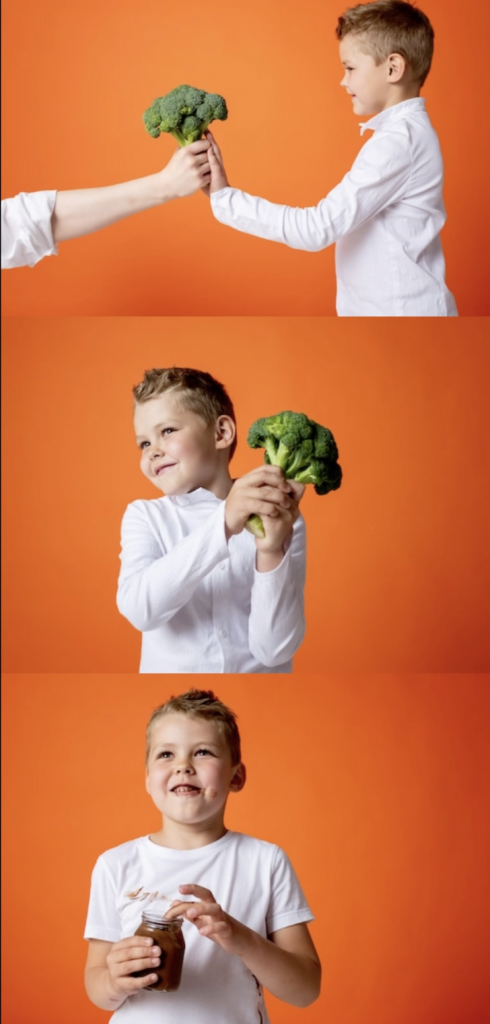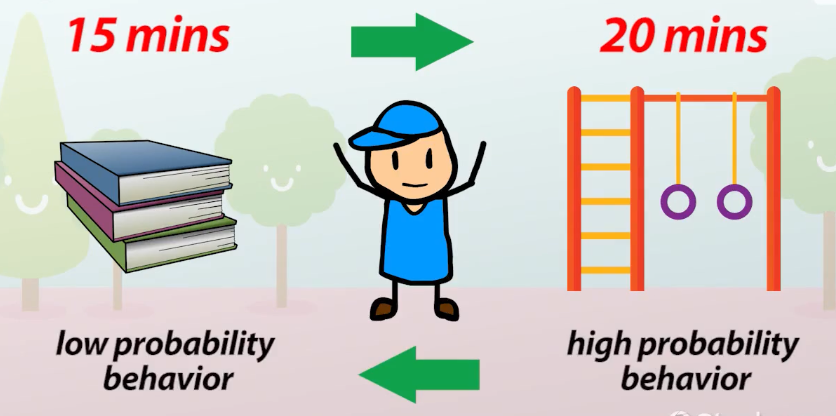“Grandma’s Law, famously summarized as ‘Eat your vegetables before dessert,’ is a timeless concept grounded in positive reinforcement. Our natural tendency is to gravitate toward enjoyable or indulgent foods, sometimes overlooking healthier options. This rule encourages us to eat healthy and as a reward, they can get what we enjoy eating.
“Grandma’s Law” extends beyond the dinner table and can be applied to various scenarios to encourage positive behaviours. To bring out best in people and encourage a specific habit, observe individuals’ interests and employ them as a form of positive motivation, akin to implementing ‘Grandma’s law.’ For instance, once you’ve accomplished your weekly goal, you can allocate a day to delve into a project that genuinely piques your interest.
The underlying thread in both cases is the art of linking a less-favored action to a more-favored one, motivating individuals to adopt and maintain beneficial habits. By linking a less frequent choice to a more frequent one, this practice leverages positive reinforcement to boost the occurrence of the less favourable choice. In essence, it serves to elevate the frequency of the desired but less commonly chosen option.

Grandma’s law also teaches that we should first complete essential tasks or responsibilities. When there is a list of things that need to be done, Grandma’s law suggests that we should start with the hardest thing and then move on to the easier thing. It’s a form of positive reinforcement, as it uses an easier activity as a reward for completing a less preferred or harder activity. This principle is valuable in shaping behaviours and encouraging individuals to prioritize tasks that they might otherwise avoid.
Grandma’s law is also known as the Premack Principle (named after the psychologist David Premack, who first described it) or the First-Then Principle. It is a psychological concept used in behaviourism and operant conditioning. The Premack Principle states that “the opportunity to perform a high probability response after a low probability response will reinforce the low probability behaviour.” In simpler terms, it suggests that if an individual has the opportunity to engage in a preferred or more desirable activity, they can be motivated to complete a less desirable or less preferred task or behaviour as a prerequisite.
Reference: Bringing out the best in people by Aubrey C. Daniels














4 thoughts on “Grandma’s Law”
Comments are closed.